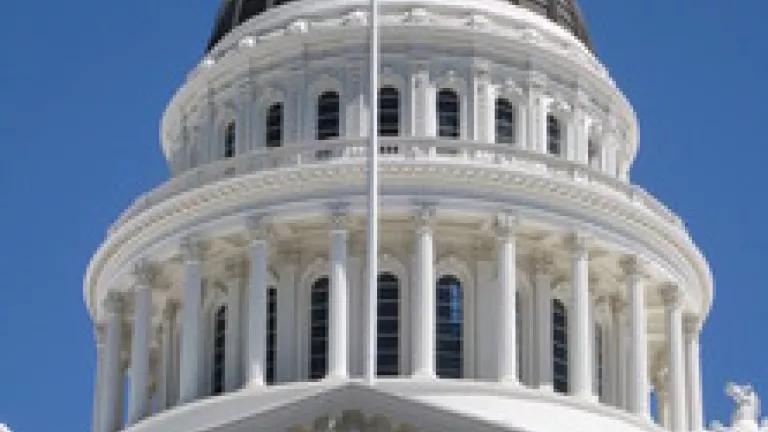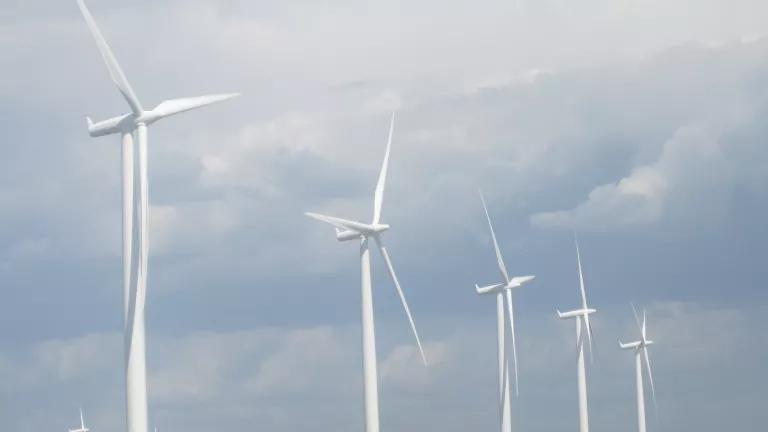Legislation Introduced to Remedy Diablo Canyon Decision

The California Senate majority leader today joined with an Republican Assemblymember to introduce bipartisan legislation to remedy multiple shortcomings in the recent California Public Utilities Commission (CPUC) decision related to the retirement and replacement of California’s last nuclear power plant.
The phase out of the Diablo Canyon nuclear plant near San Luis Obispo by August 2025 offers an extraordinary opportunity to showcase a template for how to avoid climate-changing pollution while protecting communities and workers affected by a nuclear power plant closure. Unfortunately, the recent CPUC decision failed to provide adequate assurance that the retirement would not result in a spike in greenhouse gas (GHG) emissions. It also short-changed the just transition for plant workers and host communities
SB 1090 coauthored by Senator and Majority Leader Bill Monning and Assemblymember Jordan Cunningham is needed to ensure that the closure proceeds smoothly and fulfills its promise of becoming a model for other parts of the country for replacing aging and uneconomical nuclear power plants with lower-cost, emissions-free energy while accounting for local economic impacts and nuclear safety concerns.
Three primary provisions
SB 1090 includes three key provisions that address the three pillars of the celebrated 2016 agreement reached between Diablo Canyon’s operator Pacific Gas and Electric, environmental groups including NRDC and Friends of the Earth, labor organizations, and others.
The first section requires the CPUC to provide transition support for Diablo Canyon’s host communities so that essential services—including emergency response—can be maintained until the plant closes as of 2025 when the decommissioning process begins. The need for legislation on this point is particularly clear, since the CPUC specifically cited the lack of legislative authorization in order to provide funds to support essential services.
The second section requires the CPUC to fully fund the worker retention program, which will allow PG&E to retain a skilled workforce until the plant is retired. These funds are critical to ensuring safe operation of the plant for the next seven years and an orderly plant shutdown, but the CPUC cut this needed transition support by more than half.
The third section addresses the importance of fully replacing the output of Diablo Canyon with clean energy resources to avoid a spike in GHG emissions, which is what occurred when the San Onofre nuclear plant, California’s other large nuclear facility, closed earlier in this decade. The CPUC’s Diablo Canyon decision in January expressed an intent to avoid a spike in emissions, but failed to approve even a down payment on the needed investment in replacing the plant’s generation with emissions-free resources like energy efficiency, and wind and solar power.
In addition to NRDC, SB 1090 has a diverse array of supporters, including PG&E, a coalition of the local cities and counties, plant workers, and other environmental groups including Environment California. These groups will work with Senator Monning and other legislative supporters to get the bill passed and signed into law this year.
Diablo Canyon nuclear plant is located on the California coast about 250 miles south of San Francisco. It began operations in 1985 and accounts for about 9 percent of California’s in-state power generation and about 20 percent of the electricity of PG&E’s territory serving 16 million people in northern and central California.



